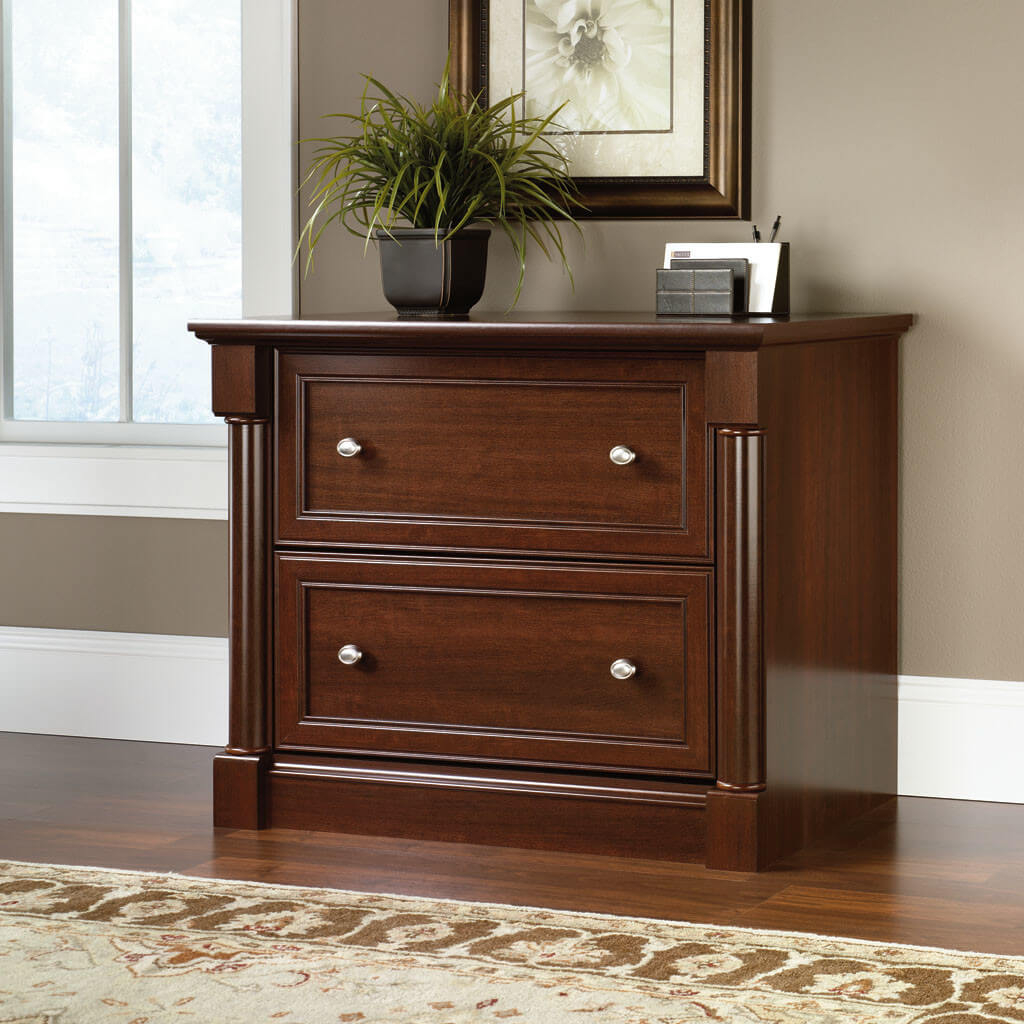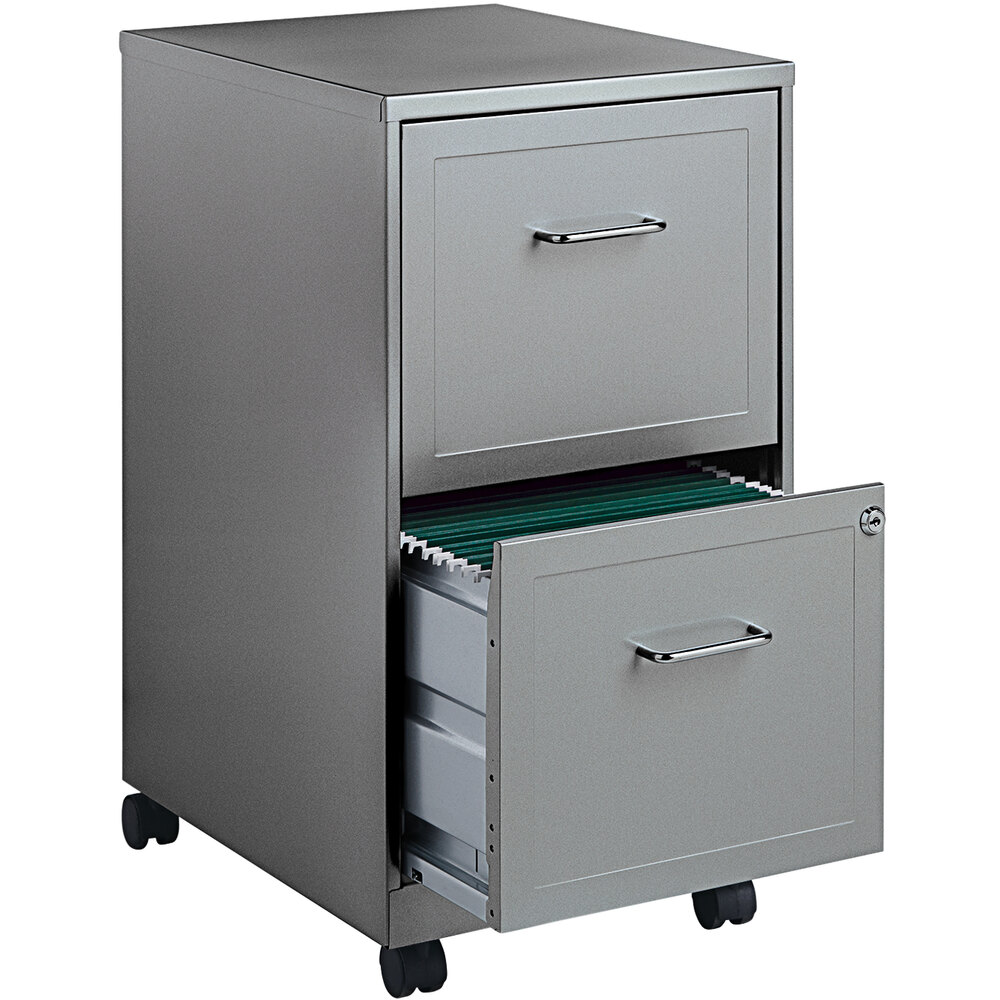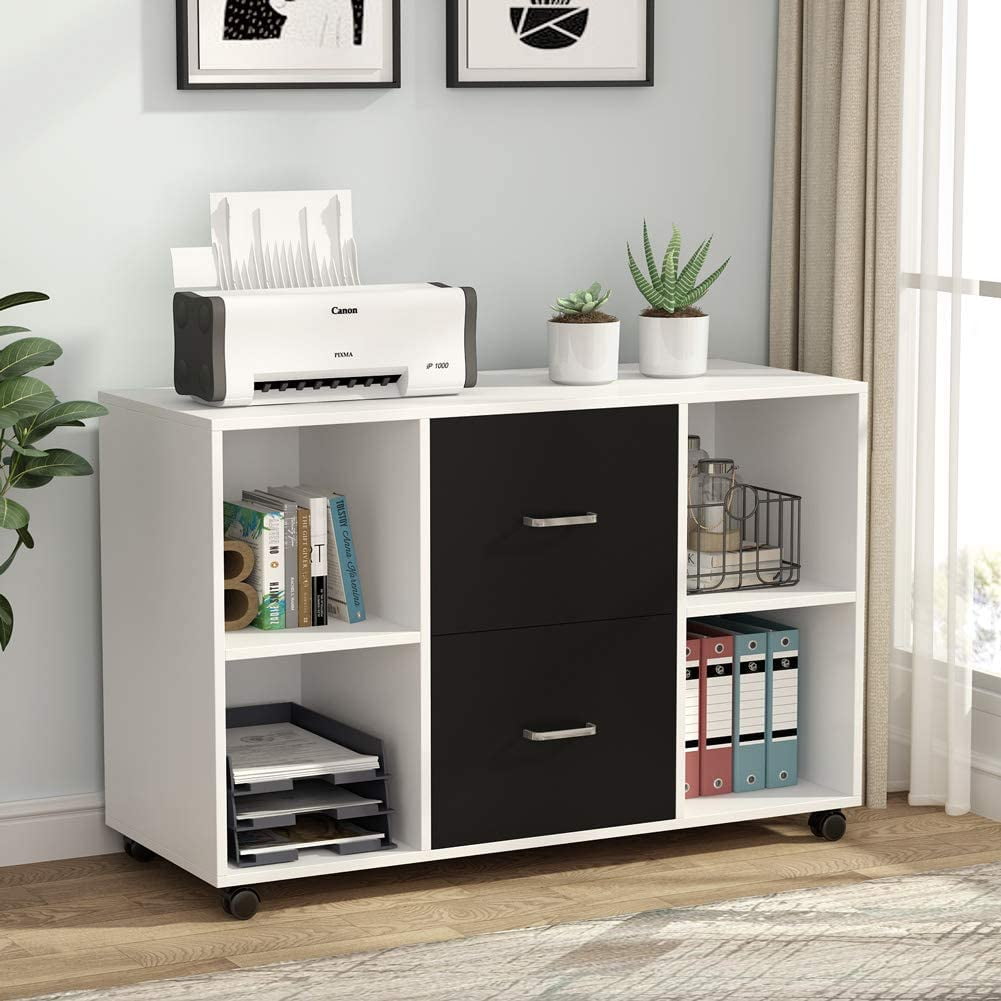Types of Filing Cabinets by Material

Choosing the right filing cabinet is essential for organizing your office space and keeping your documents safe. One important factor to consider is the material of the cabinet. Different materials offer distinct advantages and disadvantages, influencing durability, aesthetics, and cost.
Steel Filing Cabinets
Steel filing cabinets are a popular choice for offices due to their durability and security.
- Steel is known for its strength and resistance to damage, making these cabinets ideal for heavy-duty use and protecting valuable documents from fire and water.
- They are also highly secure, often featuring locking mechanisms to prevent unauthorized access.
- Steel cabinets are generally more expensive than other options, but their longevity and security justify the investment.
- However, steel can be prone to rust and scratches, requiring regular maintenance to maintain their appearance.
Wood Filing Cabinets
Wood filing cabinets offer a classic and elegant look that complements traditional office decor.
- They are often made from high-quality hardwoods like oak or mahogany, adding a touch of sophistication to the office.
- Wood cabinets are generally lighter than steel cabinets, making them easier to move and rearrange.
- However, wood is susceptible to scratches, dents, and moisture damage, requiring careful handling and maintenance.
- Wood cabinets are also generally more expensive than steel cabinets, especially those made from premium wood species.
Metal and Plastic Filing Cabinets
Metal and plastic filing cabinets offer a balance between durability and affordability.
- Metal cabinets are often made from lightweight aluminum or steel, offering a durable and affordable option.
- Plastic cabinets are even lighter and more affordable, making them ideal for home offices or temporary storage.
- Metal cabinets are generally more resistant to scratches and dents than wood cabinets, but less secure than steel cabinets.
- Plastic cabinets are lightweight and portable, but they are less durable than metal cabinets and may not be suitable for heavy-duty use.
Types of Filing Cabinets by Functionality: Types Of Office Filing Cabinets

Beyond the material they’re made from, filing cabinets are also categorized by how they function. These distinctions are crucial because they impact how you access and store your documents, influencing the overall efficiency and organization of your workspace.
Lateral Filing Cabinets
Lateral filing cabinets are designed for horizontal storage. They feature drawers that slide out sideways, allowing for easy access to files. This design makes it ideal for storing large volumes of documents, as it maximizes storage space within a compact footprint. Lateral filing cabinets are particularly useful for offices with limited floor space.
- Advantages: Lateral filing cabinets offer a high storage capacity in a compact design, making them space-efficient. They are also generally easier to access than vertical cabinets, as drawers slide out horizontally.
- Disadvantages: The sideways drawer movement can be a bit awkward for some users. Additionally, these cabinets can be heavier and more difficult to move than vertical cabinets, making them less ideal for frequently relocated offices.
Vertical Filing Cabinets
Vertical filing cabinets, as the name suggests, store files vertically within drawers. They offer a more traditional filing experience, with drawers that slide out vertically, similar to a dresser. These cabinets are generally smaller and lighter than lateral cabinets, making them easier to move around.
- Advantages: Vertical filing cabinets are more compact and easier to move than lateral cabinets, making them a good choice for smaller offices or those with limited space. They are also generally more affordable than lateral cabinets.
- Disadvantages: Vertical filing cabinets have a lower storage capacity than lateral cabinets. Accessing files in the back of the drawer can be cumbersome.
Rotary Filing Cabinets
Rotary filing cabinets are a unique type that utilizes a rotating mechanism to access files. These cabinets typically feature a circular base with shelves that rotate, allowing users to easily access files from all sides. Rotary filing cabinets are particularly useful for large offices or those with high document turnover, as they offer quick and easy access to files.
- Advantages: Rotary filing cabinets provide easy access to files from all sides, making them ideal for high-volume filing and retrieval. They can also be very space-efficient, especially in larger offices.
- Disadvantages: Rotary filing cabinets are more expensive than traditional filing cabinets and can be more complex to operate. They may also require more space than other types of filing cabinets, particularly when fully extended.
Fireproof and Waterproof Filing Cabinets
Fireproof and waterproof filing cabinets are designed to protect sensitive documents from fire and water damage. These cabinets are constructed using specialized materials that can withstand high temperatures and moisture. They are essential for businesses that store critical documents, such as financial records, legal documents, and personal files.
- Features: Fireproof filing cabinets typically have a thick layer of insulation and a fire-resistant door. Waterproof filing cabinets are designed to be watertight and may have features like a sealed door and a water-resistant interior.
- Applications: Fireproof and waterproof filing cabinets are commonly used in offices, banks, hospitals, and other institutions that store important documents. They are also used in homes for storing personal records and valuables.
Mobile Filing Cabinets
Mobile filing cabinets are designed to be easily moved around an office. They typically feature casters or wheels that allow them to be rolled from one location to another. Mobile filing cabinets are a great option for offices with limited space or those that need to be able to easily rearrange their furniture.
- Advantages: Mobile filing cabinets are highly versatile and can be easily moved to accommodate different office layouts. They are also space-efficient, as they can be moved out of the way when not in use.
- Disadvantages: Mobile filing cabinets can be more expensive than traditional filing cabinets. They can also be more difficult to secure, as they can be easily moved by unauthorized individuals.
Types of Filing Cabinets by Size and Capacity

Filing cabinets come in a variety of sizes and capacities to accommodate different storage needs. The size and capacity of a filing cabinet are crucial considerations when choosing one for your office.
Choosing the Right Size and Capacity, Types of office filing cabinets
The size and capacity of a filing cabinet are essential considerations for efficient document storage. Here’s a breakdown of the most common sizes and capacities:
| Size | Capacity | Storage Options |
|---|---|---|
| Letter-Size | 2-4 drawers | Standard letter-sized documents, folders, and hanging files. |
| Legal-Size | 2-4 drawers | Legal-sized documents, folders, and hanging files. |
| Extra-Large | 4-6 drawers | Large volumes of documents, folders, and hanging files. |
Here are some examples of how to choose the appropriate size and capacity:
* Small Office: A letter-size filing cabinet with 2-3 drawers is sufficient for a small office with limited document storage needs.
* Medium-Sized Office: A legal-size filing cabinet with 3-4 drawers can accommodate a moderate volume of documents.
* Large Office: An extra-large filing cabinet with 4-6 drawers is necessary for storing large volumes of documents and files.
It’s important to consider the volume of documents you need to store, the available office space, and your budget when choosing a filing cabinet.
Types of office filing cabinets – From the traditional lateral file cabinets to the sleek vertical models, office filing cabinets offer a range of solutions for organizing your paperwork. But what about your valuable music collection? A dedicated cd storage cabinet with doors provides the perfect haven for your CDs, keeping them dust-free, organized, and easily accessible.
Just like office filing cabinets, these specialized cabinets come in various styles and sizes to fit your needs and complement your décor.
From traditional lateral filing cabinets to sleek vertical models, office filing cabinets offer a range of solutions for organizing your documents. But what about those tight spaces? For those narrow hallways, consider a narrow hallway storage cabinet ! These space-saving wonders can be just as functional as their larger counterparts, providing a dedicated spot for your files without taking up valuable floor space.
And with so many styles and sizes available, you’re sure to find the perfect fit for your office needs.